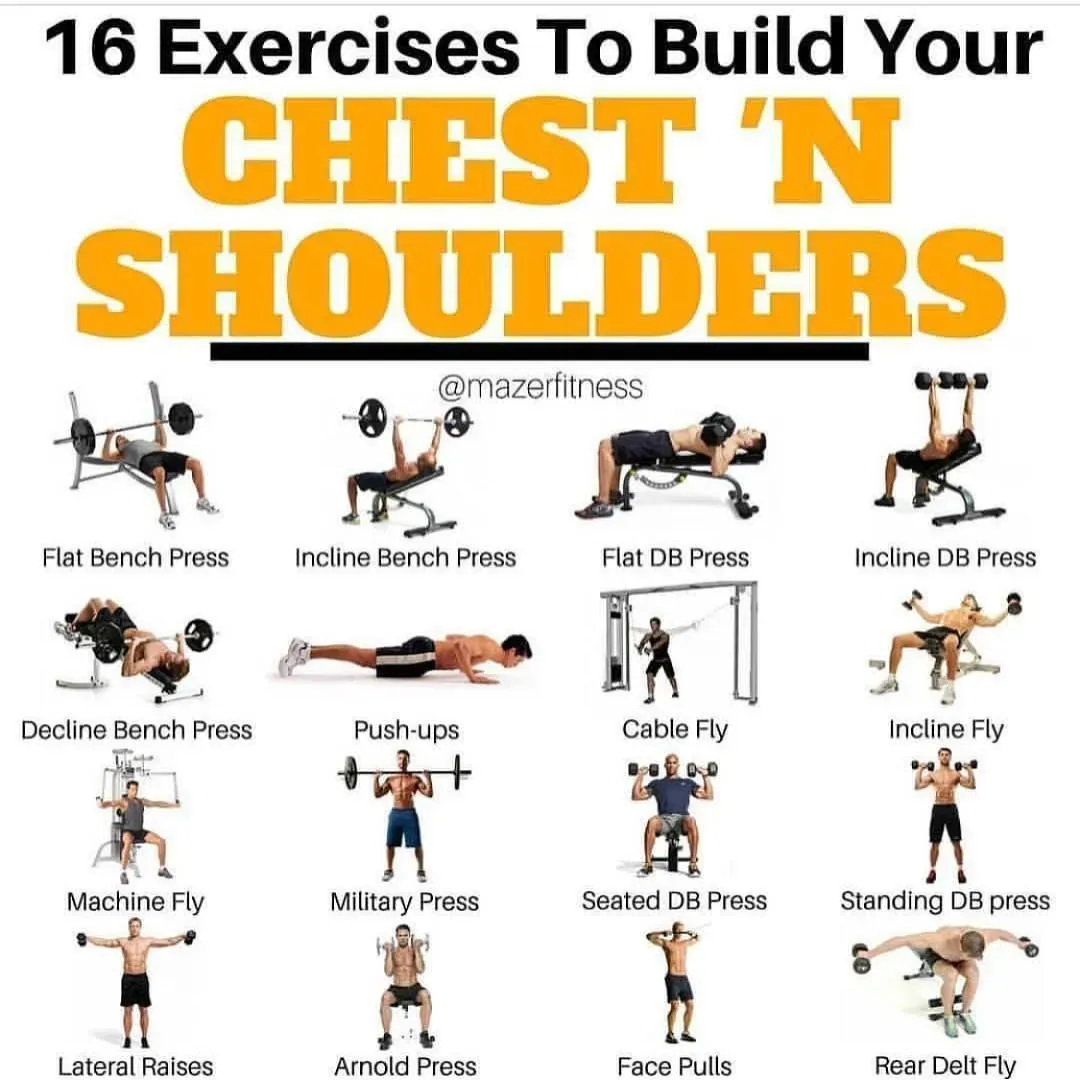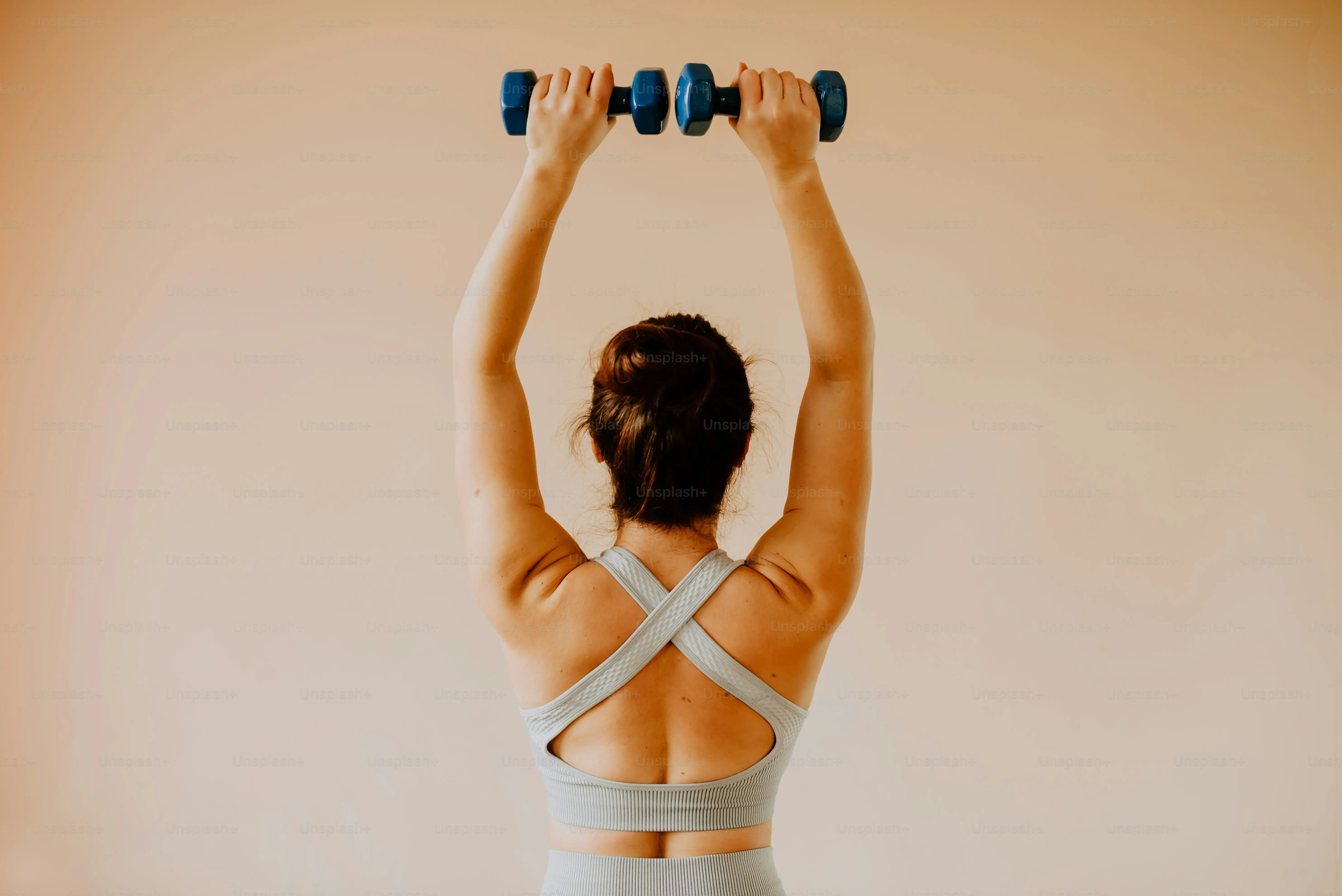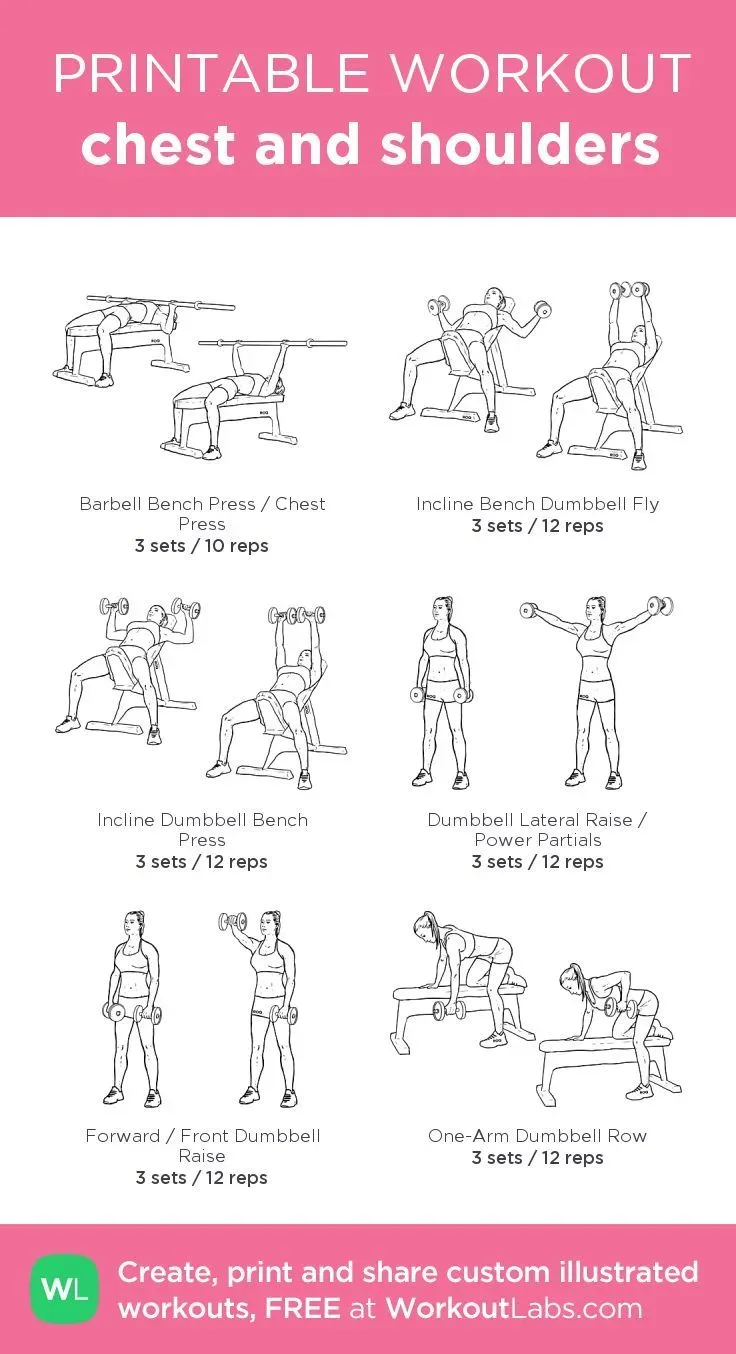Table of Contents
Stuck at home, staring at the same four walls, but still want to build a solid upper body? Forget the excuses about needing a fancy gym setup. You absolutely can crush a powerful shoulder chest workout at home with minimal or even no equipment. We've all been there, scrolling endlessly for routines that actually deliver, wondering if pushing against the floor is really doing anything. It is, if you do it right.
Why Combine Shoulder and Chest Workouts at Home?

Why Combine Shoulder and Chest Workouts at Home?
Efficiency and Synergy in Pushing Movements
Look, when you're doing a push-up, what's working? Your chest is driving the movement, sure, but your shoulders, especially the front part (anterior deltoids), are right there with it, helping push that weight (your body) away from the floor. They're partners in crime for most pushing exercises. Training them together in a shoulder chest workout at home just makes sense from a functional perspective. You're hitting muscles that naturally collaborate, strengthening that synergy. Think about pressing overhead or pushing something heavy forward – both the chest and shoulders are major players. Grouping them lets you maximize the work these muscle groups do together in a single session.
Smart Recovery and Training Splits
Another solid reason to combine your shoulder and chest workouts at home is recovery. Your chest and shoulders aren't heavily involved when you're hammering legs, pulling with your back, or isolating biceps and triceps (though triceps get some love during pressing). This means that after you've crushed a chest and shoulder session, your other major muscle groups are fresh and ready to go on different days. It allows for better recovery time for the pushing muscles before you hit them again. It's about creating a logical flow for your weekly training, ensuring you're not constantly stressing the same movement patterns day after day. Plus, if you're short on time, combining them means fewer workout days focused on the upper body pushing muscles specifically.
Here are some key benefits of combining these muscle groups:
- Saves time by hitting multiple major muscles in one session.
- Enhances functional strength for pushing movements.
- Allows for better recovery of pushing muscles between sessions.
- Simplifies planning your weekly workout schedule.
- Can lead to significant strength and muscle gains when done right.
Essential Exercises for Your Shoulder Chest Workout at Home

Essential Exercises for Your Shoulder Chest Workout at Home
Building Your Foundation with Bodyweight
Alright, let's get down to the nuts and bolts of building that powerful upper body without stepping foot in a gym. The core of an effective shoulder chest workout at home lies in mastering fundamental bodyweight movements. Forget complex machines; your own body provides all the resistance you need to build strength and size. We're talking about exercises that have stood the test of time because they simply work, hitting your chest and shoulders hard and efficiently. Getting started with these essential exercises for your shoulder chest workout at home is accessible to anyone, anywhere, whether you're a complete beginner or looking to switch things up.
Structuring Your Effective Shoulder Chest Workout at Home Routine

Structuring Your Effective Shoulder Chest Workout at Home Routine
Putting It All Together: Creating Your Plan
so you've got the basic moves locked down – push-ups variations, maybe some pike push-ups for shoulders, dips if you have parallel bars or sturdy chairs. Now comes the part where people sometimes get lost: Structuring Your Effective Shoulder Chest Workout at Home Routine. It's not just about doing a bunch of sets of one thing until you can't feel your arms. A smart routine has a warm-up (don't skip this, seriously), a logical flow of exercises, and a cool-down. You want to think about hitting the muscles from different angles and with varying intensity. Are you aiming for strength, endurance, or a bit of both? This dictates your sets, reps, and rest times. A typical session might involve starting with a compound movement like push-ups, then moving to a shoulder-focused exercise, perhaps alternating between pushing and accessory work.
Beyond the Basics: Progressing Your AtHome Upper Body Training

Beyond the Basics: Progressing Your AtHome Upper Body Training
Making Bodyweight Harder: Levers and Angles
so you've nailed the standard push-up. You can bang out sets without breaking much of a sweat. Fantastic! But that doesn't mean you're done. The beauty of a shoulder chest workout at home is its adaptability. To keep progressing, you need to make the exercises harder. How? By changing the leverage and angles. Elevate your feet on a chair or couch for decline push-ups – suddenly, your upper chest and shoulders are working overtime. Shift your hands closer together for tricep-focused push-ups, which also hammer the inner chest. Try pseudo planche push-ups by moving your hands lower towards your hips, leaning forward over your hands. This shifts more load onto your shoulders and upper chest. These small tweaks make a huge difference in intensity.
Adding Resistance and Volume
Bodyweight isn't the only game in town, even at home. If you have resistance bands, they are your best friend for a shoulder chest workout at home. Loop a band around your back and hold the ends in your hands during push-ups for added resistance throughout the movement. You can also use bands for flyes or shoulder presses if you have a secure anchor point or can stand on the band. No bands? No problem. A backpack filled with books or water bottles adds instant weight to push-ups or even pike push-ups. Don't underestimate increasing volume either. If doing 10 reps is easy, aim for 15 or 20. Or, reduce rest times between sets. These simple methods keep the challenge high and your muscles guessing.
- Try decline push-ups (feet elevated).
- Perform pseudo planche push-ups (hands lower, lean forward).
- Use resistance bands for push-ups or presses.
- Wear a weighted backpack for added resistance.
- Increase your reps per set.
- Reduce rest periods between sets.
- Experiment with slower tempos (e.g., 3 seconds down, 1 second pause, 1 second up).
Consistency and Listening to Your Body
Look, none of these progression methods matter if you aren't consistent. Showing up, even for a quick 20-minute session, is more effective than waiting for the perfect hour that never comes. Aim for 2-3 shoulder chest workout at home sessions per week, allowing at least a day of rest in between. And please, listen to your body. That twinge in your shoulder? Don't push through sharp pain. Modify the exercise, reduce the range of motion, or take an extra rest day. Progress isn't linear, and rest is just as crucial for muscle growth as the workout itself. Pushing too hard when you're genuinely fatigued or in pain is a fast track to injury, which will halt your progress completely. Be smart about it.
Making Your At-Home Upper Body Efforts Count
So, there you have it. Building a strong chest and shoulders doesn't require a membership fee or navigating crowded weight rooms. A well-planned shoulder chest workout at home, using smart exercise selection and proper form, can absolutely deliver results. It comes down to understanding how these muscles function together and applying that knowledge to the tools you have available – whether that's just your bodyweight or a few basic pieces of equipment. Stop waiting for the perfect gym setup and start using the space you've got. Consistency with these fundamental movements and a willingness to adjust as you get stronger is what separates wishing from doing. Now go get after it.
